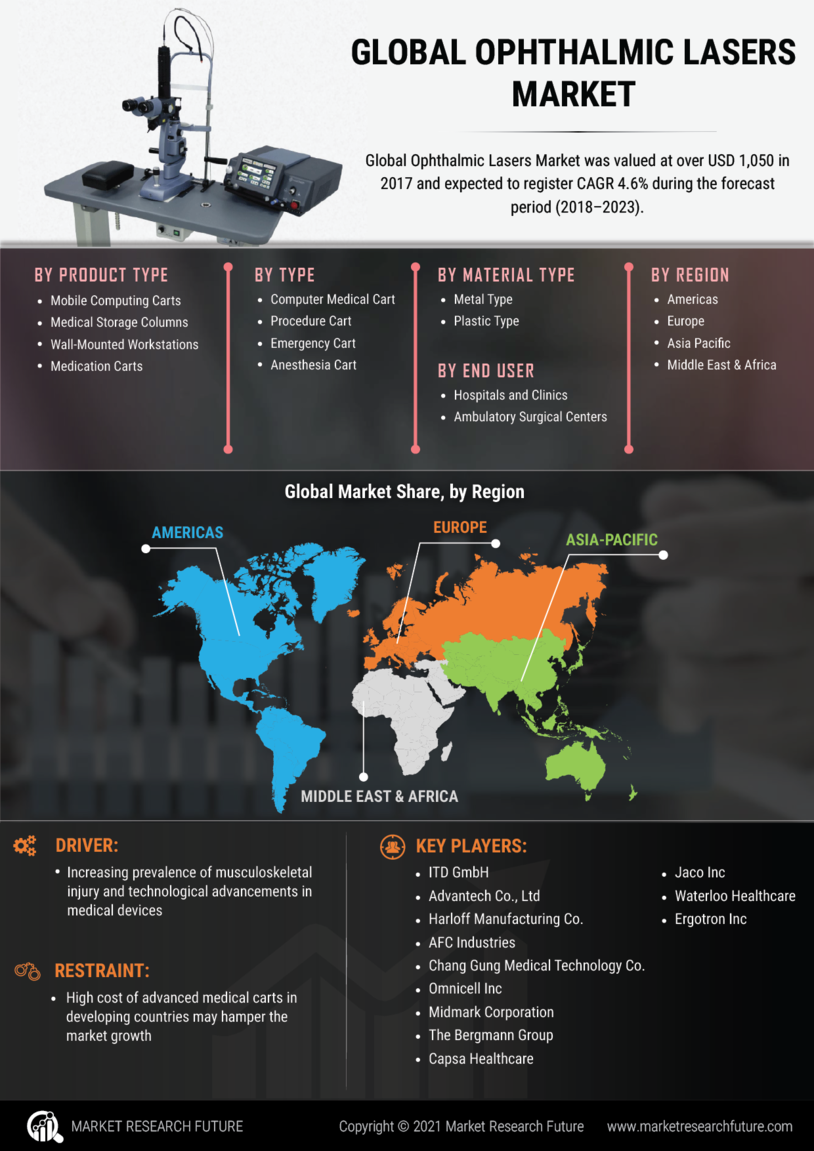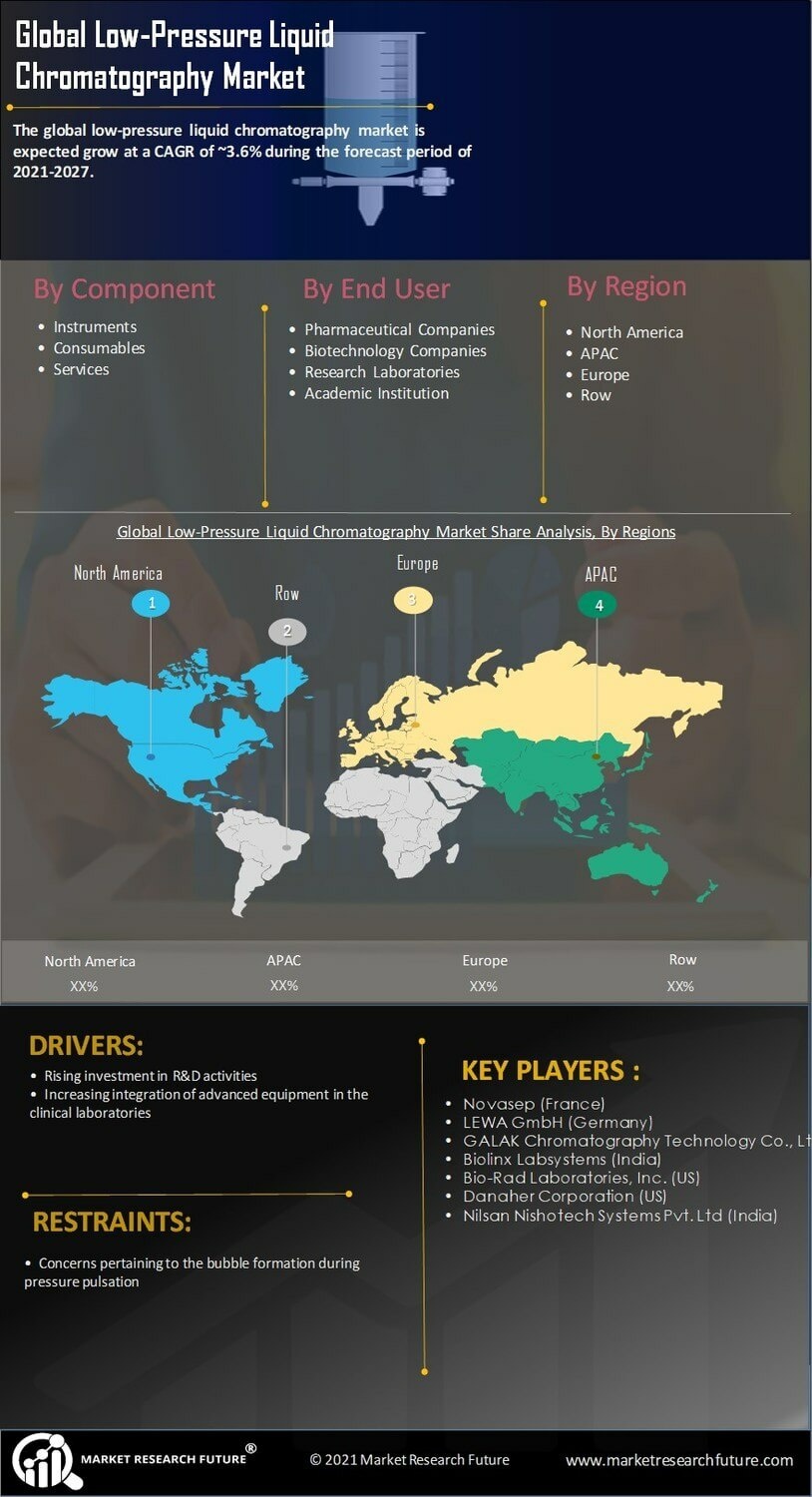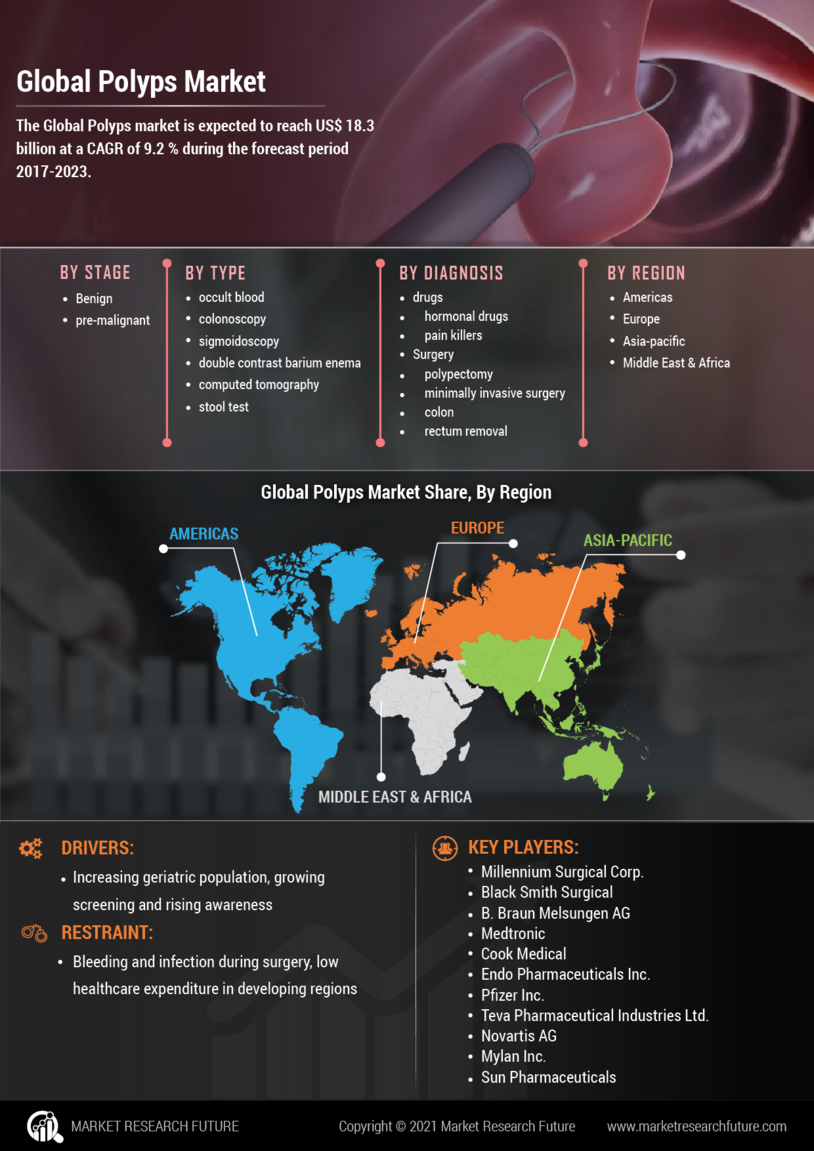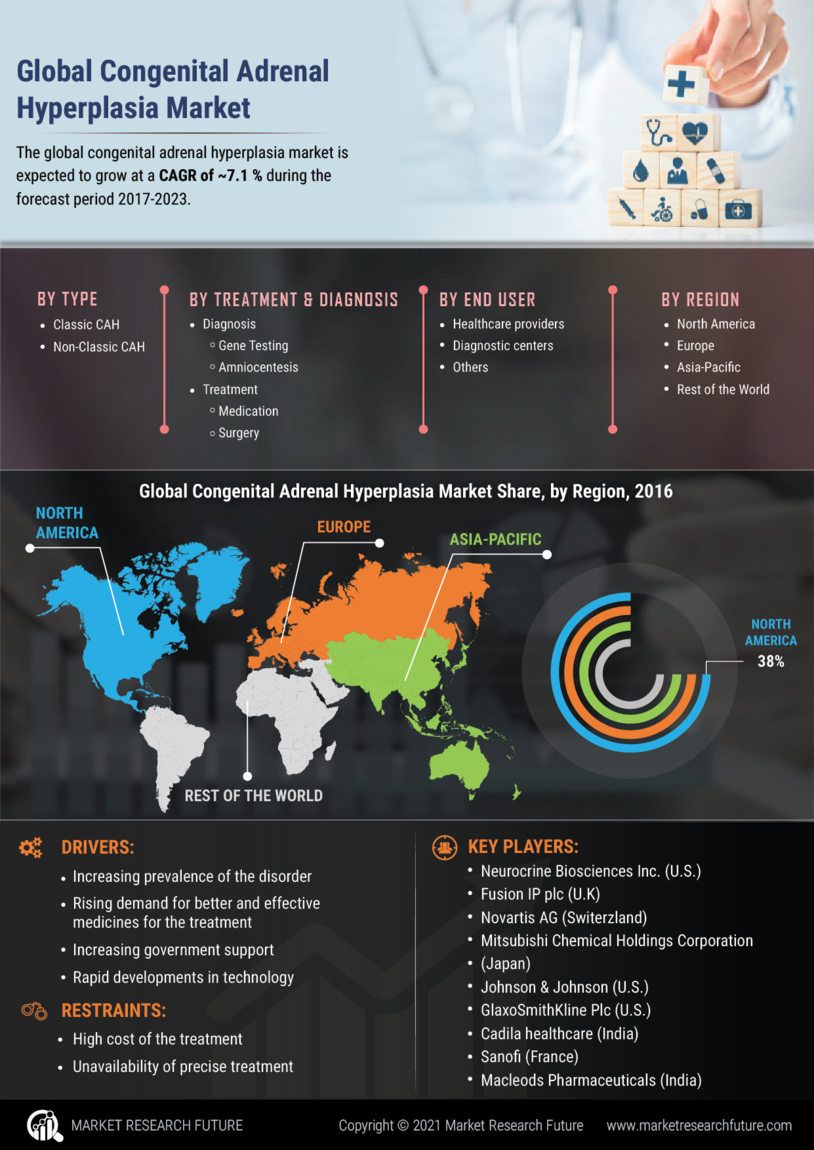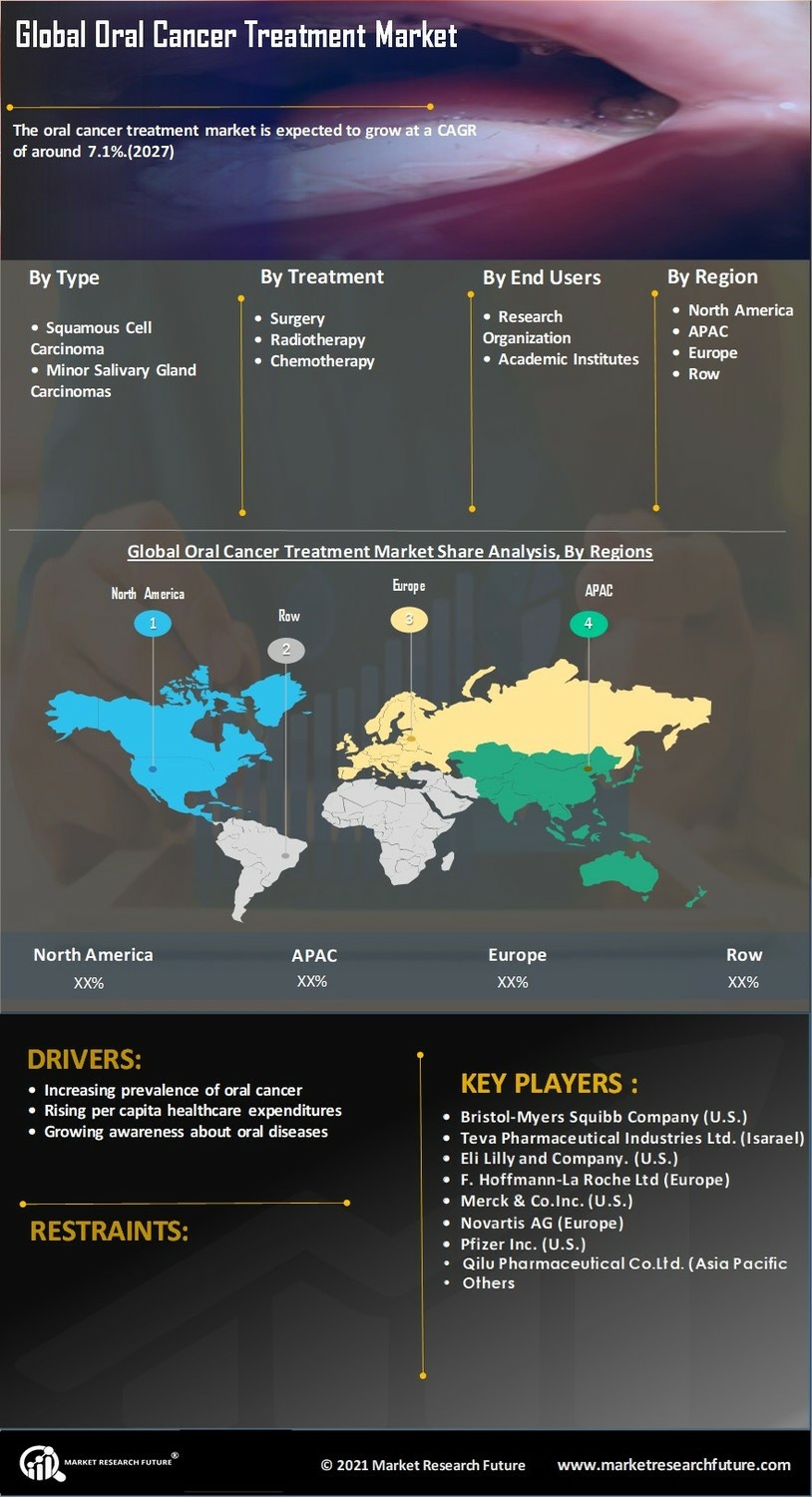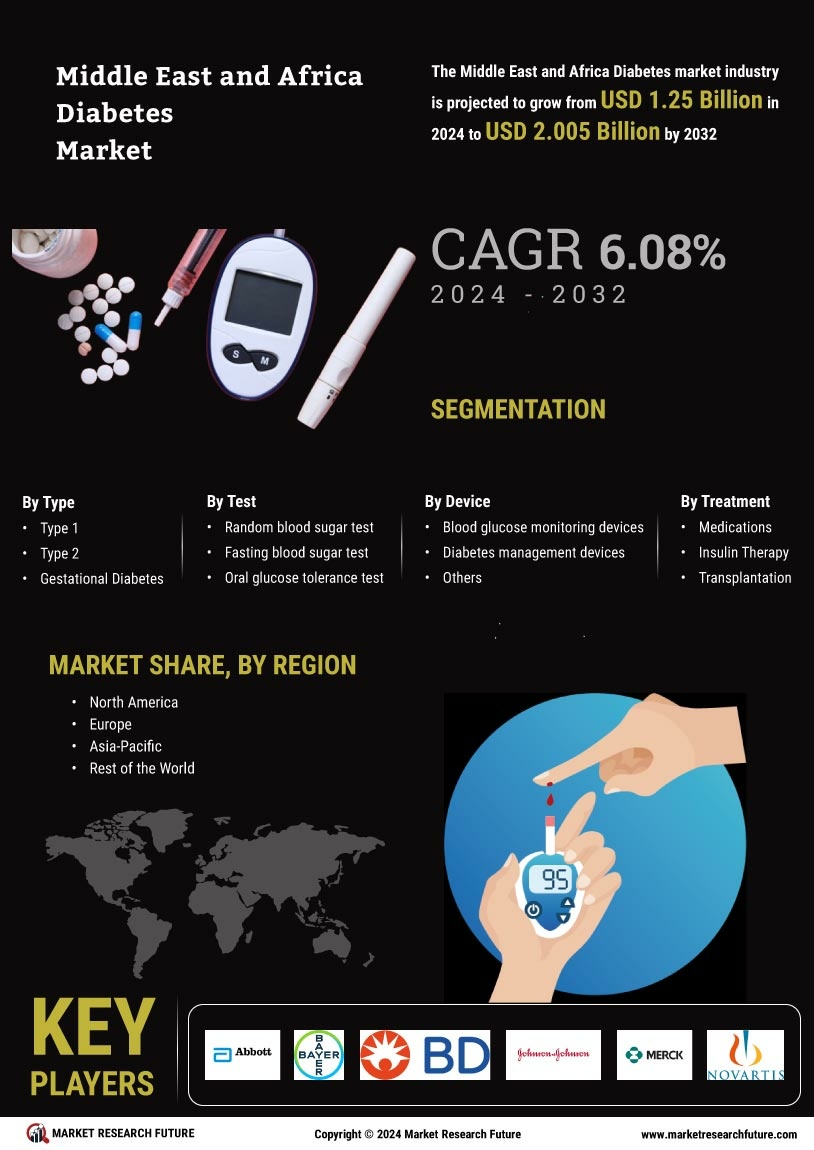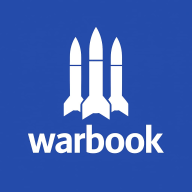Strategic Perspectives – Magnetic Resonance Imaging (MRI) Robot-Assisted Surgeries Market Business Insights
The Magnetic Resonance Imaging (MRI) Robot-Assisted Surgeries Market Business Insights
underline the critical role of advanced imaging in driving robotic surgical precision. Hospitals and healthcare providers are increasingly investing in MRI-compatible robotic platforms due to their proven ability to reduce human error and improve patient recovery outcomes. Business insights also reveal that key decision-makers are aligning strategies with the rising demand for minimally invasive surgeries, where robotic systems paired with MRI imaging offer unparalleled precision.
Reference - https://www.marketresearchfuture.com/reports/magnetic-resonance-imaging-mri-robot-assisted-surgeries-market-11478
Additionally, insights highlight the importance of partnerships between medical device manufacturers and healthcare networks to ensure widespread availability. Growing competition has led to cost optimization, making the systems more affordable to mid-tier hospitals. These business insights demonstrate how market leaders are leveraging innovation and investment to secure a stronghold in a rapidly expanding field.
FAQ
Q1: Why are business insights important in this market?
A1: They guide decision-making, investment strategies, and competitive positioning.
Q2: Which businesses are most impacted?
A2: Hospitals, robotic system manufacturers, and healthcare IT providers.
The Magnetic Resonance Imaging (MRI) Robot-Assisted Surgeries Market Business Insights
underline the critical role of advanced imaging in driving robotic surgical precision. Hospitals and healthcare providers are increasingly investing in MRI-compatible robotic platforms due to their proven ability to reduce human error and improve patient recovery outcomes. Business insights also reveal that key decision-makers are aligning strategies with the rising demand for minimally invasive surgeries, where robotic systems paired with MRI imaging offer unparalleled precision.
Reference - https://www.marketresearchfuture.com/reports/magnetic-resonance-imaging-mri-robot-assisted-surgeries-market-11478
Additionally, insights highlight the importance of partnerships between medical device manufacturers and healthcare networks to ensure widespread availability. Growing competition has led to cost optimization, making the systems more affordable to mid-tier hospitals. These business insights demonstrate how market leaders are leveraging innovation and investment to secure a stronghold in a rapidly expanding field.
FAQ
Q1: Why are business insights important in this market?
A1: They guide decision-making, investment strategies, and competitive positioning.
Q2: Which businesses are most impacted?
A2: Hospitals, robotic system manufacturers, and healthcare IT providers.
Strategic Perspectives – Magnetic Resonance Imaging (MRI) Robot-Assisted Surgeries Market Business Insights
The Magnetic Resonance Imaging (MRI) Robot-Assisted Surgeries Market Business Insights
underline the critical role of advanced imaging in driving robotic surgical precision. Hospitals and healthcare providers are increasingly investing in MRI-compatible robotic platforms due to their proven ability to reduce human error and improve patient recovery outcomes. Business insights also reveal that key decision-makers are aligning strategies with the rising demand for minimally invasive surgeries, where robotic systems paired with MRI imaging offer unparalleled precision.
Reference - https://www.marketresearchfuture.com/reports/magnetic-resonance-imaging-mri-robot-assisted-surgeries-market-11478
Additionally, insights highlight the importance of partnerships between medical device manufacturers and healthcare networks to ensure widespread availability. Growing competition has led to cost optimization, making the systems more affordable to mid-tier hospitals. These business insights demonstrate how market leaders are leveraging innovation and investment to secure a stronghold in a rapidly expanding field.
FAQ
Q1: Why are business insights important in this market?
A1: They guide decision-making, investment strategies, and competitive positioning.
Q2: Which businesses are most impacted?
A2: Hospitals, robotic system manufacturers, and healthcare IT providers.
0 Commentarios
·0 Acciones
·40 Views
